After two decades of work, scientists and engineers at the Department of Energy’s SLAC National Accelerator Laboratory and their collaborators are celebrating the completion of the Legacy Survey of Space and Time (LSST) Camera.
Tag: Slac
SLAC fires up the world’s most powerful X-ray laser: LCLS-II ushers in a new era of science
The newly upgraded Linac Coherent Light Source (LCLS) X-ray free-electron laser (XFEL) at the Department of Energy’s SLAC National Accelerator Laboratory successfully produced its first X-rays, and researchers around the world are already lined up to kick off an ambitious science program.

Researchers capture elusive missing step in the final act of photosynthesis
Photosynthesis plays a crucial role in shaping and sustaining life on Earth, yet many aspects of the process remain a mystery. One such mystery is how Photosystem II, a protein complex in plants, algae and cyanobacteria, harvests energy from sunlight and uses it to split water, producing the oxygen we breathe. Now researchers from the Department of Energy’s Lawrence Berkeley National Laboratory and SLAC National Accelerator Laboratory, together with collaborators from Uppsala University and Humboldt University and other institutions have succeeded in cracking a key secret of Photosystem II.
SLAC theorist Lance Dixon receives Galileo Galilei Medal
Lance Dixon, professor of particle physics and astrophysics at the Department of Energy’s SLAC National Accelerator Laboratory and Stanford University, will receive the 2023 Galileo Galilei Medal for his contributions to theoretical physics. The award was announced by the Italian National Institute of Nuclear Physics (INFN) on Feb. 15 – the 459th birthday of Galileo.
SLAC/Stanford researchers discover how a nano-chamber in the cell directs protein folding
A landmark study by researchers at the Department of Energy’s SLAC National Accelerator Laboratory and Stanford University reveals how a tiny cellular machine called TRiC directs the folding of tubulin, a human protein that is the building block of microtubules that serve as the cell’s scaffolding and transport system.
Chi-Chang Kao to step down as SLAC National Accelerator Laboratory director
Chi-Chang Kao has decided to return to research after serving 10 years as director of the Department of Energy’s (DOE) SLAC National Accelerator Laboratory. He will continue in the lab director role until a replacement is found.
SARS-CoV-2 protein caught severing critical immunity pathway
Over the past two years, scientists have studied the SARS-CoV-2 virus in great detail, laying the foundation for developing COVID-19 vaccines and antiviral treatments. Now, for the first time, scientists at the Department of Energy’s SLAC National Accelerator Laboratory have seen one of the virus’s most critical interactions, which could help researchers develop more precise treatments.
‘Diamond rain’ on giant icy planets could be more common than previously thought
A new study has found that “diamond rain,” a long-hypothesized exotic type of precipitation on ice giant planets, could be more common than previously thought. In an earlier experiment, researchers mimicked the extreme temperatures and pressures found deep inside ice giants Neptune and Uranus and, for the first time, observed diamond rain as it formed.
SLAC expands and centralizes computing infrastructure to prepare for data challenges of the future
A computing facility at the Department of Energy’s SLAC National Accelerator Laboratory is doubling in size, preparing the lab for new scientific endeavors that promise to revolutionize our understanding of the world from atomic to cosmic scales but also require handling unprecedented data streams.
Researchers aim X-rays at century-old plant secretions for insight into Aboriginal Australian cultural heritage
For tens of thousands of years, Aboriginal Australians have created some of the world’s most striking artworks. Today their work continues long lines of ancestral traditions, stories of the past and connections to current cultural landscapes, which is why researchers are keen on better understanding and preserving the cultural heritage within.
SLAC’s superconducting X-ray laser reaches operating temperature colder than outer space
Nestled 30 feet underground in Menlo Park, California, a half-mile-long stretch of tunnel is now colder than most of the universe. It houses a new superconducting particle accelerator, part of an upgrade project to the Linac Coherent Light Source (LCLS) X-ray free-electron laser at the Department of Energy’s SLAC National Accelerator Laboratory.
Al Ashley Fellows give advice to future scientists
Three physicists talk about how they got started, their work at SLAC and what they would say to others considering a career in STEM.
AI learns physics to optimize particle accelerator performance
Researchers at the Department of Energy’s SLAC National Accelerator Laboratory have demonstrated that they can use machine learning to optimize the performance of particle accelerators by teaching the algorithms the basic physics principles behind accelerator operations – no prior data needed.
Scientists take first snapshots of ultrafast switching in a quantum electronic device
Scientist demonstrated a new way of observing atoms as they move in a tiny quantum electronic switch as it operates. Along the way, they discovered a new material state that could pave the way for faster, more energy-efficient computing.
SLAC hosts Secretary of Energy Jennifer Granholm for a virtual visit
Highlights of the two-hour visit included behind-the-scenes looks at one of the most powerful X-ray sources on the planet and at the construction of the world’s largest digital camera for astronomy. She also joined presentations of the lab’s research in machine learning, quantum technology and climate science and engaged in discussions about diversity, equity and inclusion at SLAC.
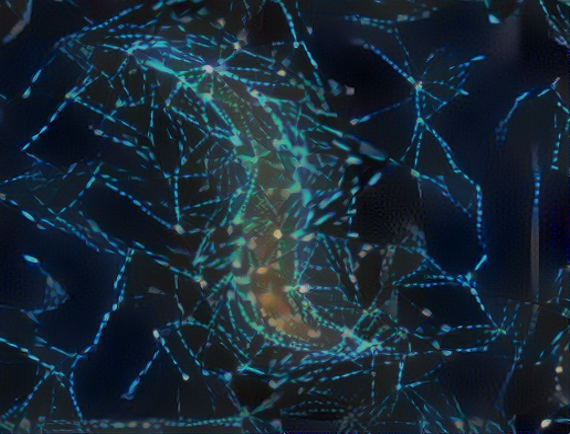
New machine learning tool diagnoses electron beams in an efficient, non-invasive way
For the past few years, researchers at the Department of Energy’s SLAC National Accelerator Laboratory have been developing “virtual diagnostics” that use machine learning to obtain crucial information about electron beam quality in an efficient, non-invasive way. Now, a new virtual diagnostic approach incorporates additional information about the beam that allows the method to work in situations where conventional diagnostics have failed.
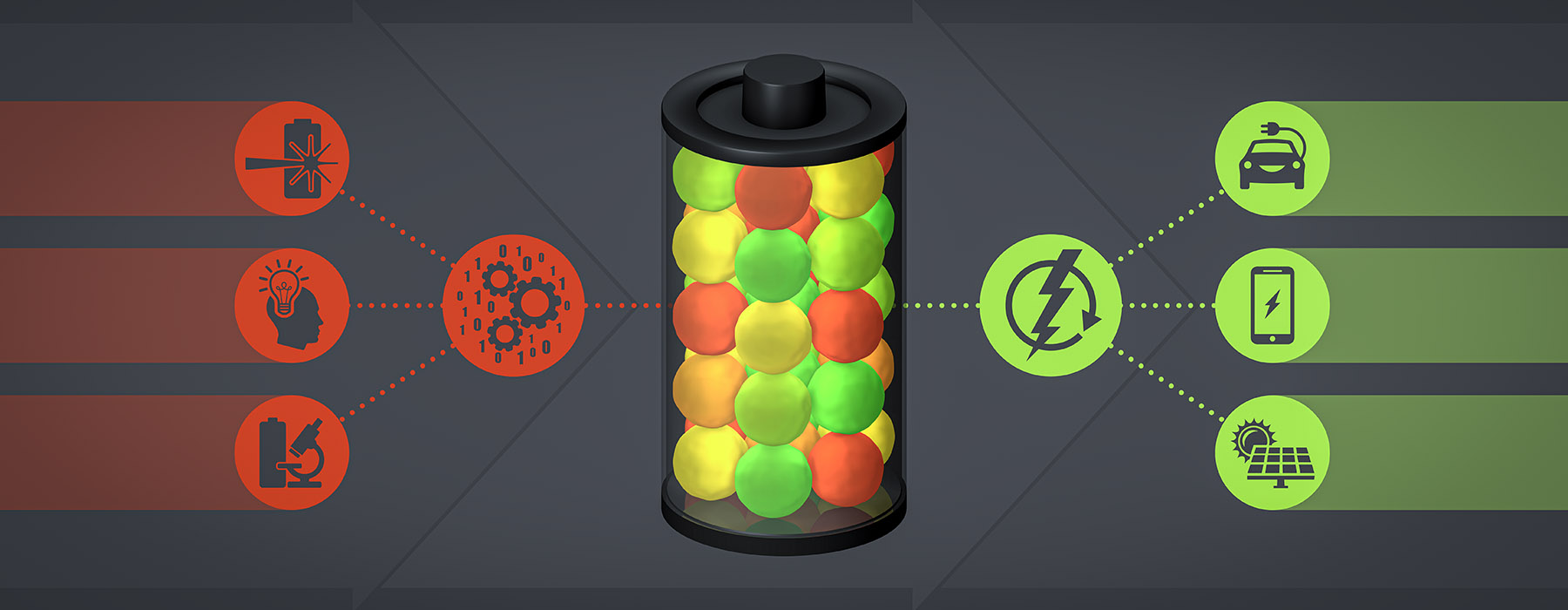
In a leap for battery research, machine learning gets scientific smarts
Researchers combined machine learning with knowledge gained from experiments and equations guided by physics to discover and explain a process that shortens the lifetimes of fast-charging lithium-ion batteries.

Q&A: How machine learning helps scientists hunt for particles, wrangle floppy proteins and speed discovery
At the Department of Energy’s SLAC National Accelerator Laboratory, machine learning is opening new avenues to advance the lab’s unique scientific facilities and research.

SLAC’s Xijie Wang wins prestigious accelerator science award
Xijie Wang, an accelerator physicist at the Department of Energy’s SLAC National Accelerator Laboratory, will receive the 2021 Nuclear and Plasma Science Society’s Particle Accelerator Science and Technology Award. Bestowed by the Institute of Electrical and Electronics Engineers (IEEE), the prestigious award recognizes individuals who have made outstanding contributions to the development of particle accelerator science and technology.
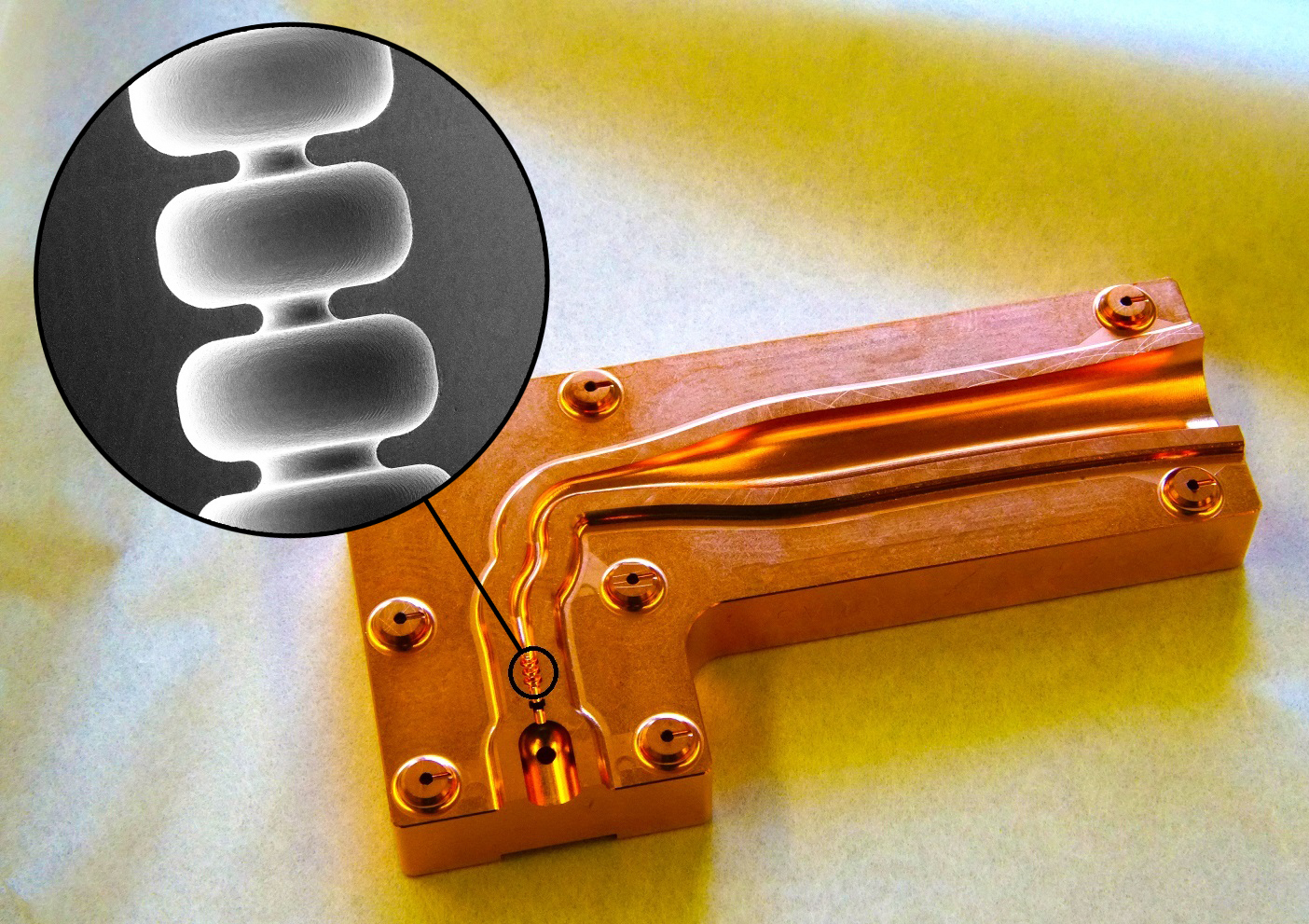
SLAC invention could make particle accelerators 10 times smaller
A team led by scientists at the Department of Energy’s SLAC National Accelerator Laboratory has invented a new type of accelerator structure that could make accelerators used for a given application 10 times shorter.
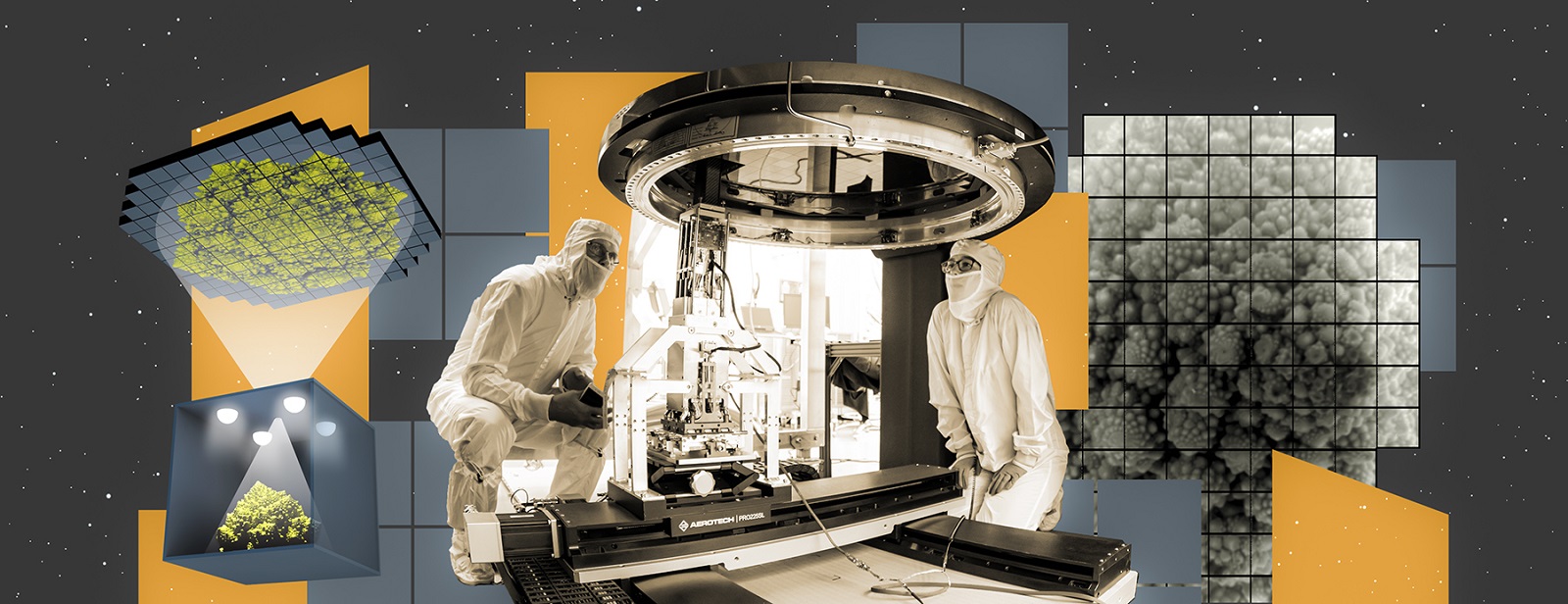
Sensors of world’s largest digital camera snap first 3,200-megapixel images at SLAC
Crews at the Department of Energy’s SLAC National Accelerator Laboratory have taken the first 3,200-megapixel digital photos – the largest ever taken in a single shot – with an extraordinary array of imaging sensors that will become the heart and soul of the future camera of Vera C. Rubin Observatory.
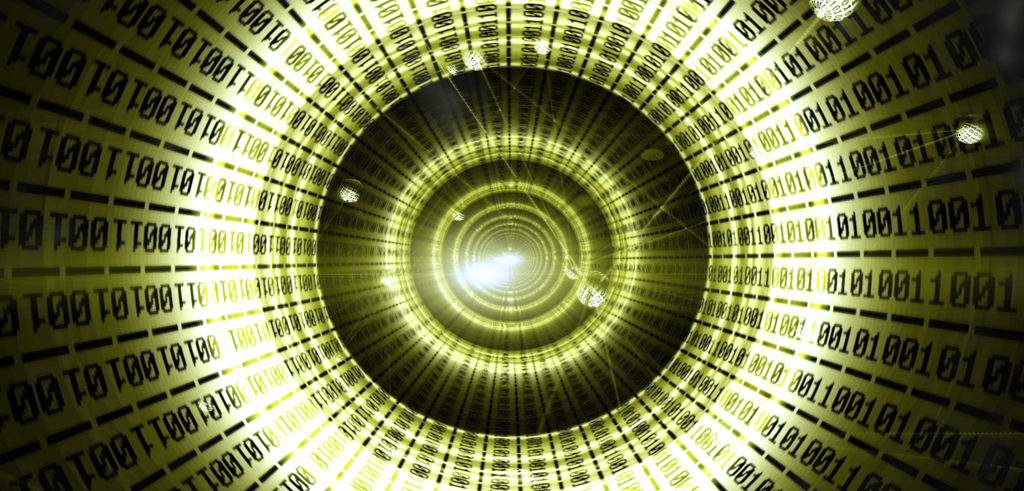
SLAC and Stanford join Q-NEXT national quantum center
Q-NEXT will bring together nearly 100 world-class researchers from three national laboratories, 10 universities and 10 leading U.S. technology companies with the single goal of developing the science and technology to control and distribute quantum information. These activities, along with a focus on rapid commercialization of new technologies, will support the emerging “quantum economy” and ensure that the U.S. remains at the forefront in this rapidly advancing field.
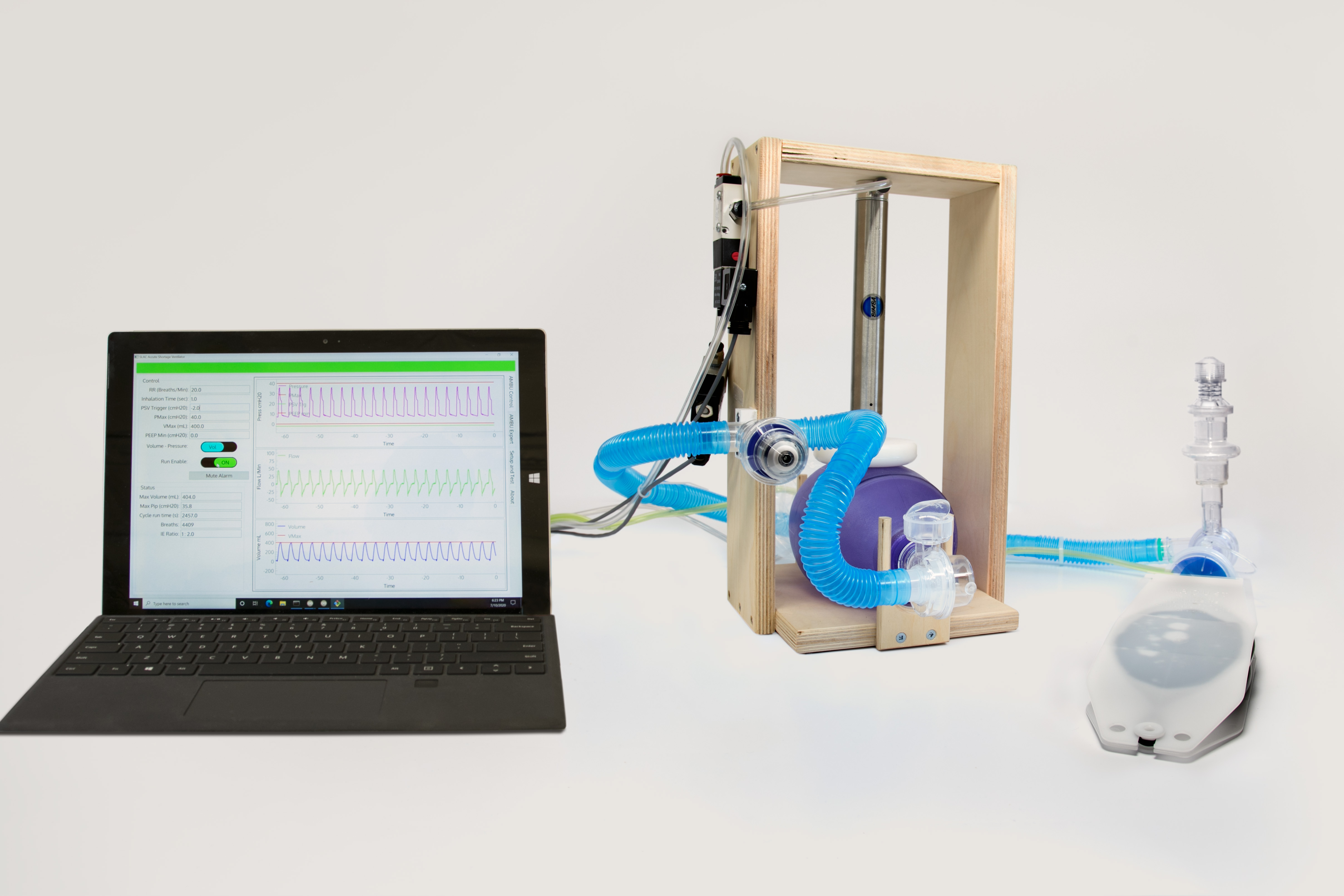
SLAC scientists invent low-cost emergency ventilator and share the design for free
Researchers at the Department of Energy’s SLAC National Accelerator Laboratory have invented an emergency ventilator that could help save the lives of patients suffering from COVID-19, the disease caused by novel coronavirus SARS-CoV-2.
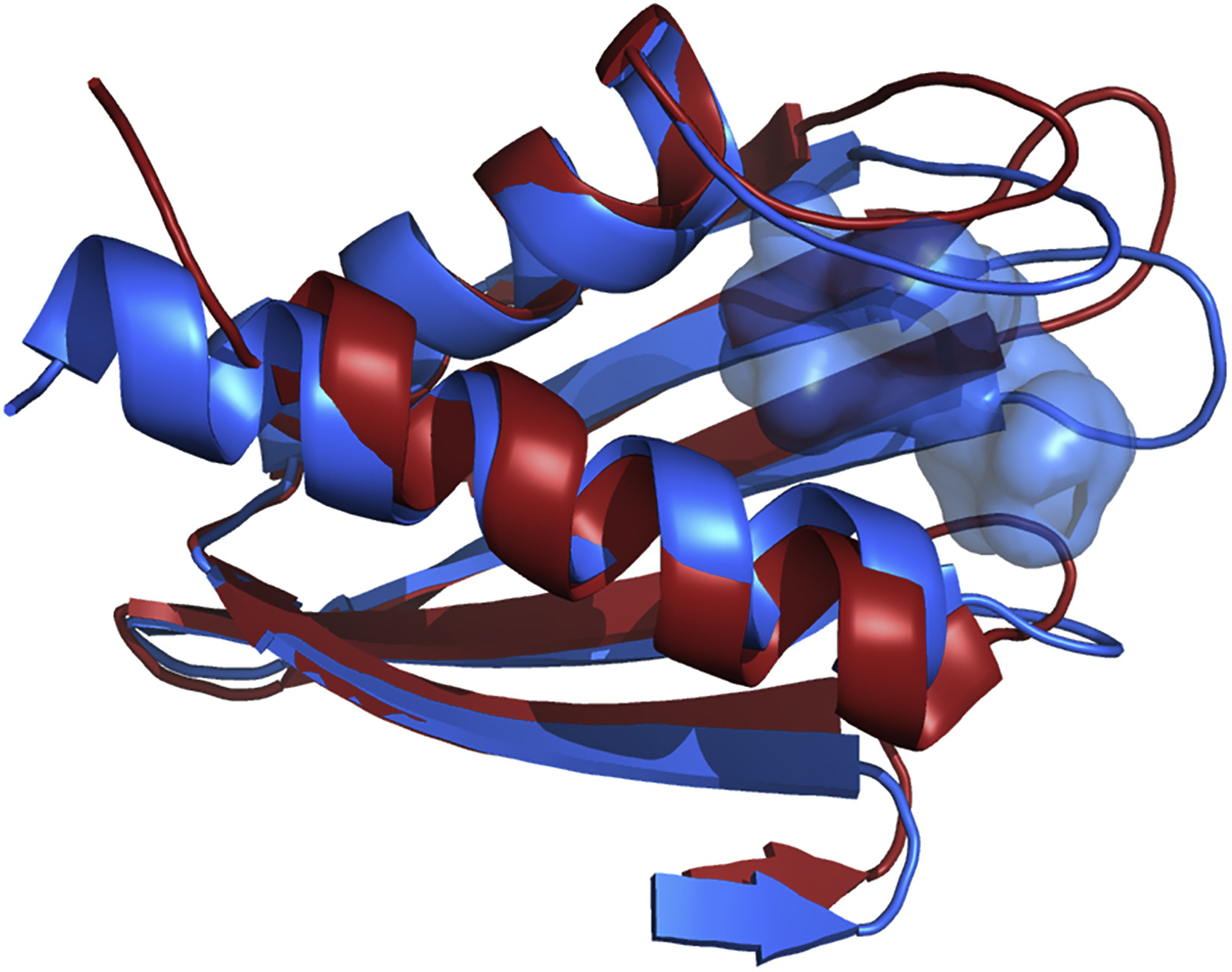
Supercomputing Aids Scientists Seeking Therapies for Deadly Bacterial Disease
A team of scientists led by Abhishek Singharoy at Arizona State University used the Summit supercomputer at the Oak Ridge Leadership Computing Facility to simulate the structure of a possible drug target for the bacterium that causes rabbit fever.

SLAC joins the global fight against COVID-19
The lab is responding to the coronavirus crisis by imaging disease-related biomolecules, developing standards for reliable coronavirus testing and enabling other essential research.
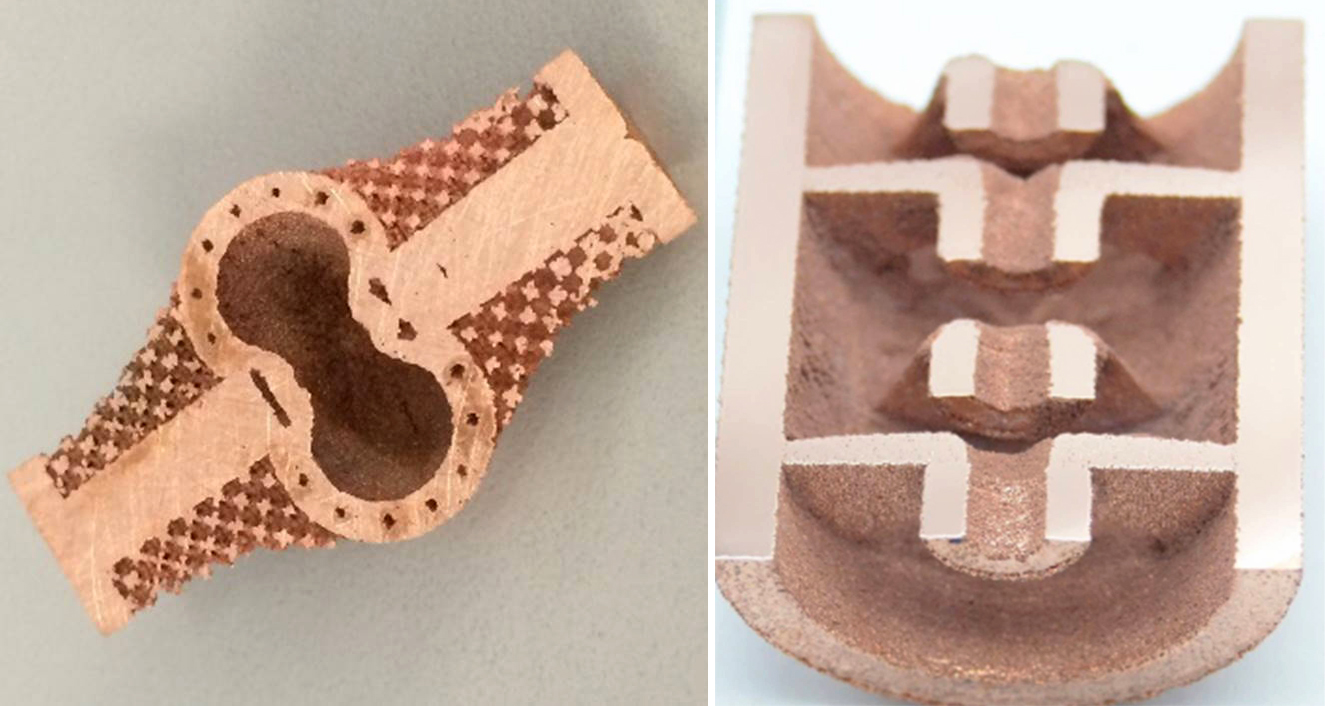
Could the next generation of particle accelerators come out of the 3D printer?
Imagine being able to manufacture complex devices whenever you want and wherever you are. It would create unforeseen possibilities even in the most remote locations, such as building spare parts or new components on board a spacecraft. 3D printing, or additive manufacturing, could be a way of doing just that.
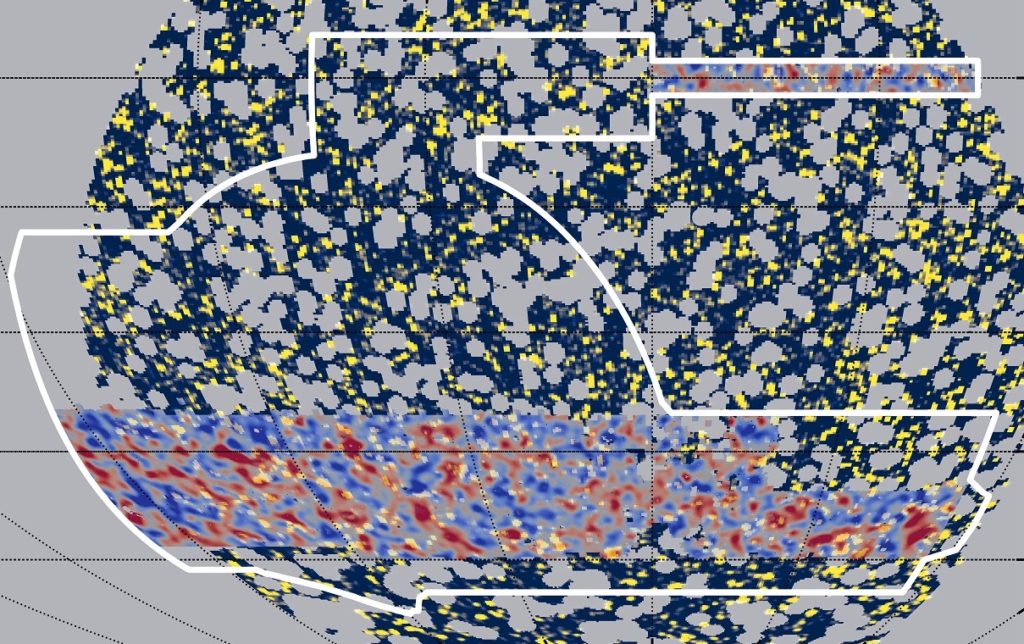
Connecting the dots in the sky could shed new light on dark matter
Astrophysicists have come a step closer to understanding the origin of a faint glow of gamma rays covering the night sky. They found that this light is brighter in regions that contain a lot of matter and dimmer where matter is sparser – a correlation that could help them narrow down the properties of exotic astrophysical objects and invisible dark matter.
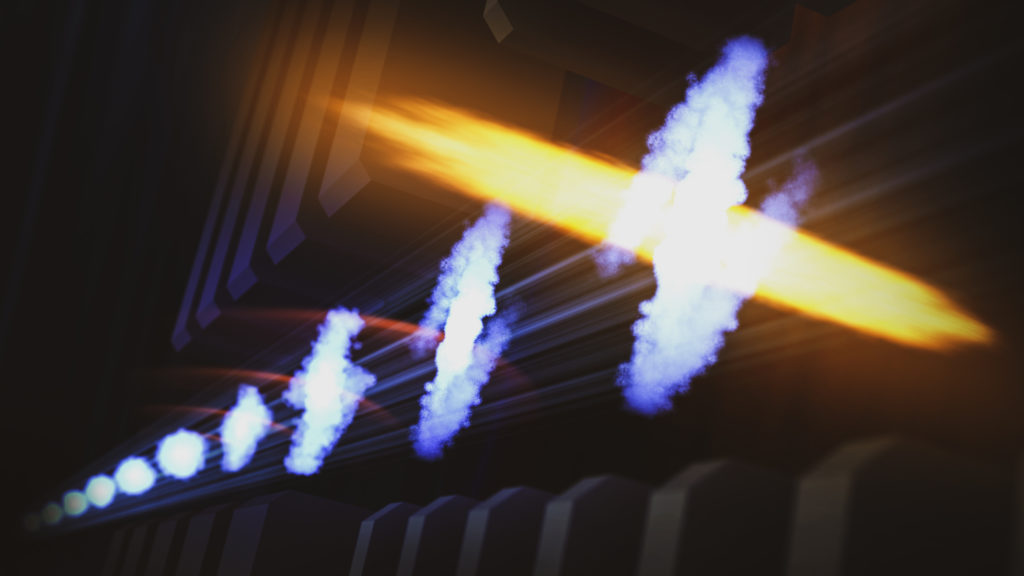
SLAC scientists invent a way to see attosecond electron motions with an X-ray laser
Researchers at the Department of Energy’s SLAC National Accelerator Laboratory have invented a way to observe the movements of electrons with powerful X-ray laser bursts just 280 attoseconds, or billionths of a billionth of a second, long.
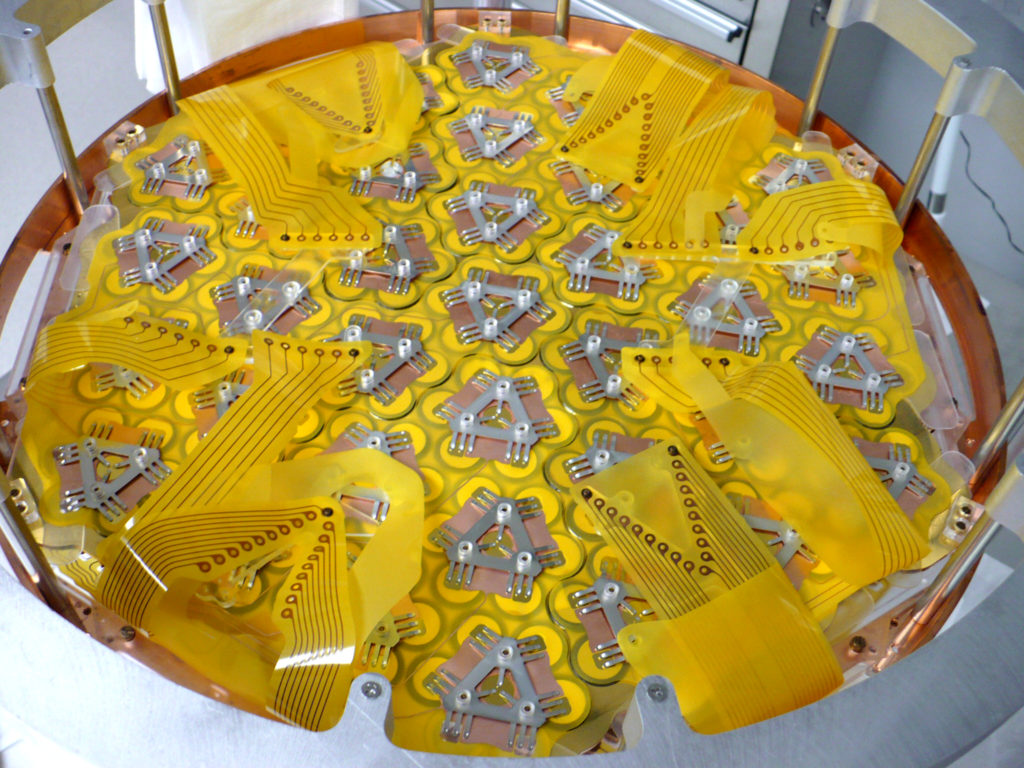
Researchers home in on extremely rare nuclear process
A hypothetical nuclear process known as neutrinoless double beta decay ought to be among the least likely events in the universe. Now the international EXO-200 collaboration, which includes researchers from the Department of Energy’s SLAC National Accelerator Laboratory, has determined just how unlikely it is: In a given volume of a certain xenon isotope, it would take more than 35 trillion trillion years for half of its nuclei to decay through this process – an eternity compared to the age of the universe, which is “only” 13 billion years old.